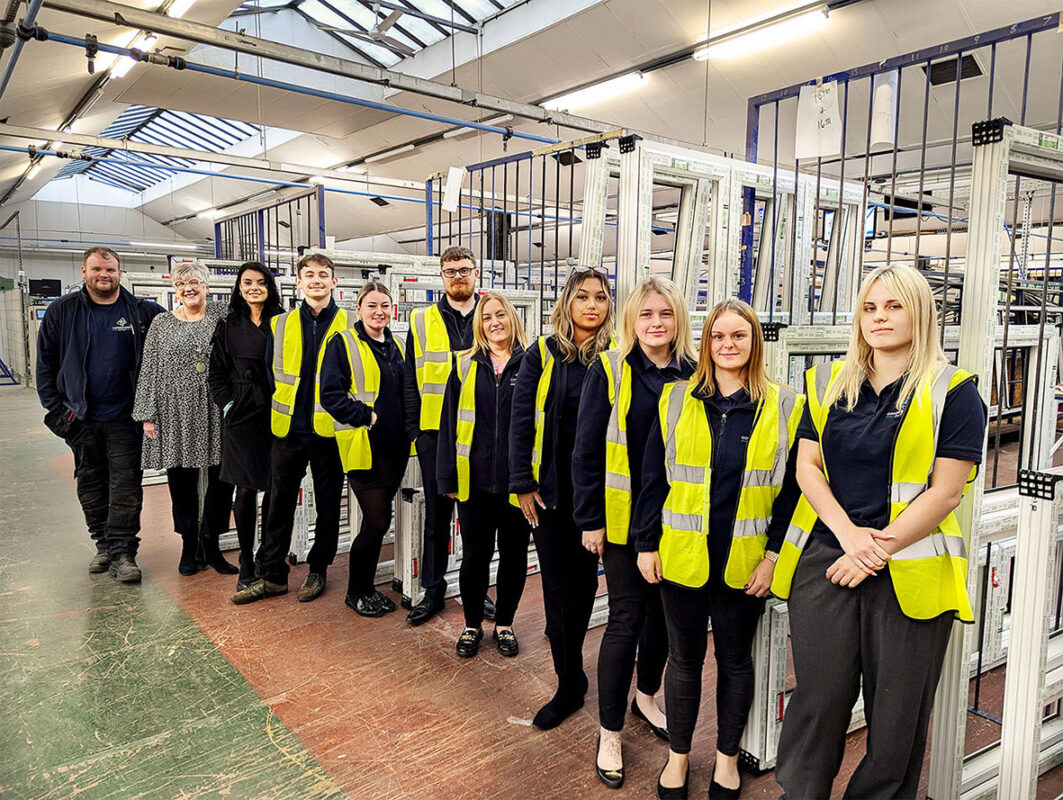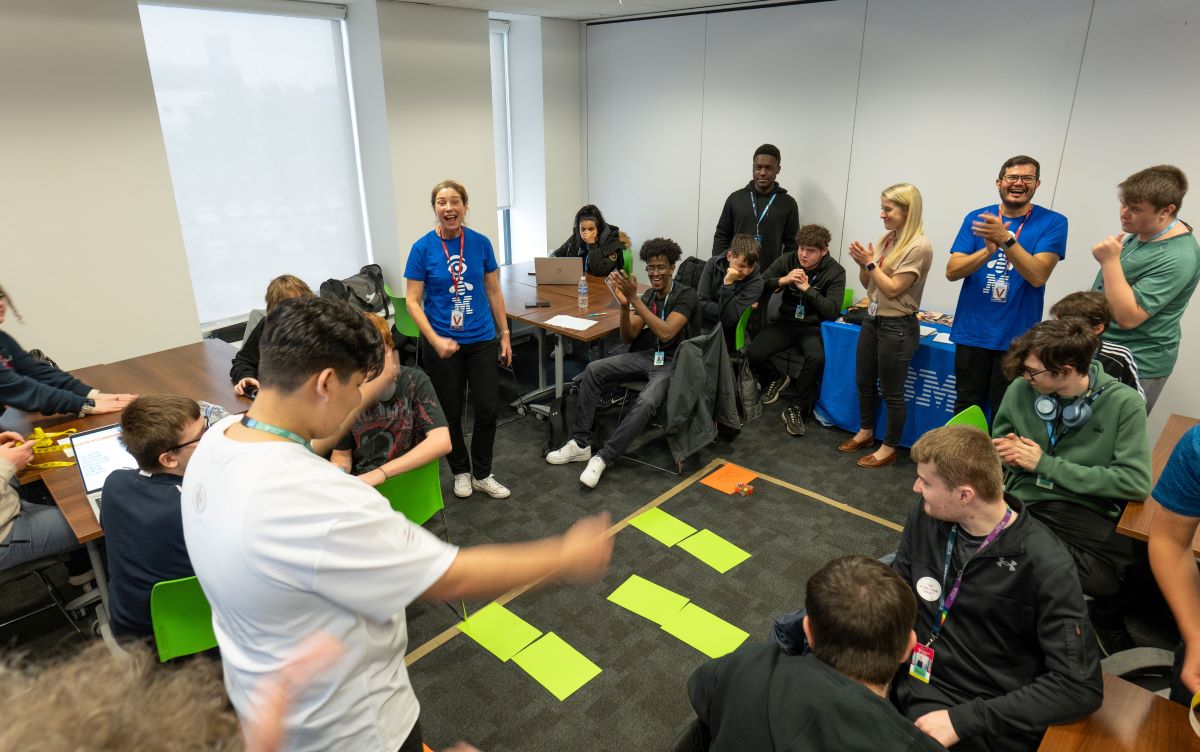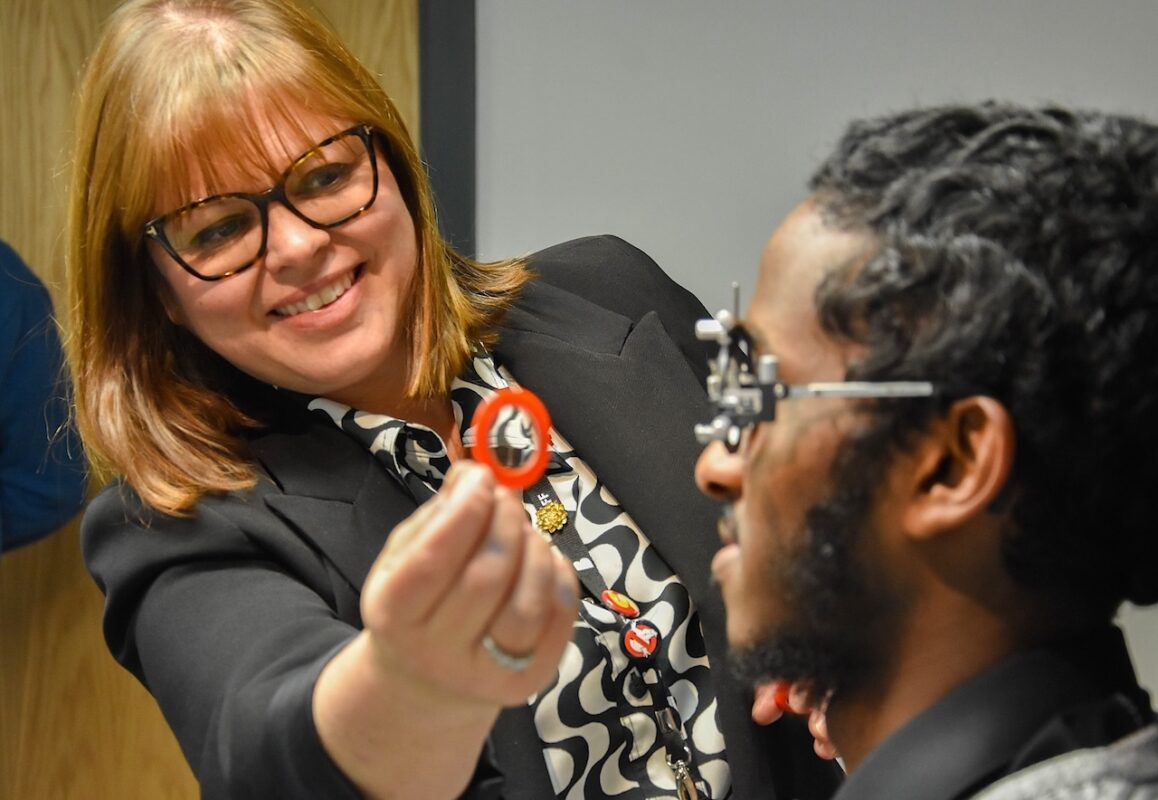Revolutionising modern teaching with EdTech: A 2023 review

Looking back at 2023, it’s clear there’s been a steady increase in the implementation of technology within education. Not only have technological advancements contributed to better engagement in classrooms, but it’s also encouraged individuality and better learning environments for teachers and students alike.
As we enter 2024, we are likely to see schools and colleges implement further technologies as EdTech spending is set to increase even more. The article goes on to discuss the role technology plays in revolutionising classrooms, as well as the potential risks of security and safeguarding.
With technology increasingly becoming a fixture in classrooms, many teachers are advocating for the role it plays in fostering a collaborative and engaged learning environment for students. As technologies continue to advance, teachers can rely on tools capable of tailoring curriculum to individual students, adapting to their abilities and allowing them to monitor their students’ progress. Moving into 2024, an expected increase in worldwide spending on EdTech looks likely – laying the foundations for a fully digital classroom.
Education has seen a shift in focus over previous years, with emphasis being placed on the recognition of individual needs within the classroom. This has been welcomed by the opportunities provided through Edtech to level out the playing field and encourage students to learn and showcase their knowledge in a way that is more suited to them. The deployment of digital tools such as games and interactive displays has played a significant role in creating more dynamic lessons enabling students to engage and collaborate more. Likewise, the utilisation of such technology has helped students to stay focused learning complex subject topics, and information, whilst also fostering the development of necessary emotional and social skills.
As the world becomes increasingly digital, the development of digital tools, technology, and alternatives to traditional teaching has become crucial. During the concrete crisis earlier this year, many schools found themselves in a situation where they had to quickly adapt and engage in remote learning strategies to prevent the disruption of student’s learning. These strategies and utilisation of technology enabled teachers to educate their students remotely – a digital learning process born from the COVID pandemic. Teachers and educational institutions are now able to switch to remote learning quickly and easily, whenever necessary, for uninterrupted teaching regardless of any events or situations where in-person learning is not possible.
Looking back at 2023, it is also apparent that there have been substantial changes to the use of EdTech within classrooms, but how will these changes impact the education sector as we look to 2024?
Transforming the classrooms with technology
The use of technology in educational institutions has become commonplace in streamlining workflows and day-to-day management, as well as supporting students’ progression and development. Online learning platforms, smart displays and the next generation of interactive whiteboards have been deployed across schools and classrooms, allowing teachers to stay up to date with school policies and provide a platform for sharing resources between faculties to help plan a curriculum and activities.
By monitoring and tracking students’ progressions, teachers can personalise the curriculum to the individual student, and focus on their specific needs and areas where they might need additional support. It also means that students can demonstrate their knowledge in ways that are better suited to them, rather than traditional, generalised methods that don’t acknowledge students’ individuality and skillset.
The deployment of EdTech can be instrumental in encouraging student engagement through interactive tools and lectures. This way teachers can offer students a way to display their theoretical knowledge practically. By enabling students to collaborate, share thoughts and knowledge, and present what they know, interactive displays can help teachers give more engaging lessons. Interactive displays are built in a way that allows students to work on the boards, whilst also doing research, solving problems, and presenting topics.
Artificial Intelligence and the role it can play in education
With the rapid development and incorporation of EdTech, Artificial Intelligence (AI) has become the latest emerging trend, and has played a role in powering learning environments, automated assessments, and adaptive learning. AI has been majorly used in automating processes such as school management and administration, which enables schools to communicate and monitor students more effectively, to support their learning progress.
AI can help reduce teacher’s workloads by automating tasks such as marking and moderation, and engage students through flashcards, quizzes, and preparing for tests. With its ability to tailor and adapt quickly, AI and EdTech can be effectively used to support students with special needs who need adaptive learning technologies as well as further supporting an individual student’s learning by offering them a personalised and tailored study plan based on their performance.
Two thirds of secondary school students are, according to a recent survey, using AI tools such as ChatGPT when doing homework, and other schoolwork, and find it useful in assisting in areas where teachers and parents might not be able to. Many might however worry about the potential added risk that comes with AI, such as the ability to cheat on tests or assessments.
The importance of security and safeguarding
Along with the many advantages that come from Edtech, there are also risks to be aware of. EdTech opens many opportunities regarding hybrid learning, AI feedback, data storage and monitoring, but there is the fear that these technologies can lead to diminished emotional learning and interpersonal connections. It is therefore crucial to work in tandem with it, rather than replacing the interpersonal aspects of the learning, use it to automate administrative tasks such as monitoring and assessing.
With data storage and monitoring also comes the risk of improper data management. Transparency is key, and students, teachers, and parents should be aware of what data is being stored, as well as what it is being used for. Some also fear for the integrity of technology, how genuine the material is, its quality, as well as the potential cyber risks such as phishing emails, and illegitimate hyperlinks. By incorporating thorough data and cyber awareness training, students and teachers can help protect themselves and each other against these cyber risks.
In the era of incorporating easy, single-sign-on services using accounts such as Google or Microsoft emails to access boards and other technology in the classroom, schools will need to carefully balance ease of use vs ensuring that only authorised personnel can access. Where teachers are logging into classroom devices with accounts, these need to be protected to ensure passwords remain secure and that no crossover between personal and work use occurs using these accounts. Where a teacher may login to their board and phone with the same login, apps will likely store and load data across multiple devices. How do we protect teachers to ensure that students cannot access sensitive personal information whilst using the board?
More technology provides more opportunities for students to gain unsupervised access to the internet. Ensuring internet capabilities are restricted, including the apps that are available to download, are important factors to consider in today’s world, especially where new apps are being created each day. IT Teams will need to stay on top of the trends to enable true security within education establishments.
The need to protect data security also goes hand in hand with the need to safeguard health and wellbeing when using technological tools. As interactive displays and technological tools often encourage multiple students to touch the same surface area, and buttons, and stand close to each other, it is essential that health and safety measures are deployed. Using technological tools that are germ resistant and can protect students’ eyesight and even control the air quality in the classrooms, are amongst the key steps to incorporate to protect students’ health and wellbeing.
There are no doubts that 2024 will bring further developments, as the educational sector will look to EdTech to provide opportunities for students and teachers to grow and work together, and the appreciation of each other’s individuality is becoming a major focus point. Providing learning and support within the classroom and across countries, encouraging students to engage in learning environments will be crucial as the education sector becomes increasingly dynamic, and educators must look to incorporate technological tools to keep up with the changing demands.
EdTech provides many advantageous opportunities for students and teachers, but along with these opportunities come potential risks. It is vital that there is transparency surrounding data management and storage, as well as training and awareness put in place to safely utilise the technology.
Moving forward to 2024, students and teachers must work in tandem with technological developments to support their academic and emotional learning in order to guarantee success in school, as well as in the world beyond the classroom.
By Nicola Pearce, Head of Education at BenQ











Responses